Arriving in Granada meant that for the first time since arriving in Barcelona three weeks ago we had finally reached one of the places on our must-see list. Ever since seeing a picture of the mighty Alhambra palace in front of snow-topped mountains this was one place we wanted to work into the trip. We just hoped the gravel road trek across inland Andalucia was worth it….

It was. Although taking a couple of days to rest in a city where the sun always shines and every time you order a beer it comes with a side of food was unlikely to disappoint. First up was a visit to the Alhambra itself, the 13th century walled complex/palace/castle/fortress that stands high above the city. The fort and old walls were cool to wander around, the palaces and gardens unbelievably intricate and fancy and being perched on top of a hill there were several different vantage points across the city. We were pleased we booked an early slot as by lunchtime the place was full of school trips and coach groups. Although early in the morning up close to 1000m above sea level it was pretty cold and so we were pleased to beat the queues for the hot chocolate machine.
Granada, being fairly close as the crow flies to Africa, has strong Moorish and Arabic influences and so is a nice place to see a different side of Spain. We’d also been told it was the best place to have tapas – although this is popular across the country, Granada bars have kept the tradition of serving free tapas dishes (small plates of food – bread, meat, olives etc) with every drink bought. On a sunny Saturday afternoon the cobbled streets were full of people spilling out of bars but we managed to squeeze into a few and have our own pub crawl Granada-style.


Back on the bikes we started pedalling towards Portugal, knowing that we were only a week or so away from a holiday on the Algarve. Plans to take in Gibraltar on the way were shelved in favour of the more direct inland route to Sevilla and the Portuguese border. There is some seriously hilly terrain in Andalucia and for a couple of days we rode either up or down steep hills – no sign of flat ground or even a slight incline. But as is always the case, these roads have the best scenery and we joined up small white-washed towns that the region is famous for. The first night after Granada we stayed in an empty lodge on the edge of a natural park, and in trying to take a short cut through the park to get there ended up riding a steep downhill gravel road for the last hour. The view across the park and down into the valley we were aiming for as the sun set was magical but the last 10km in the dark was not so fun.
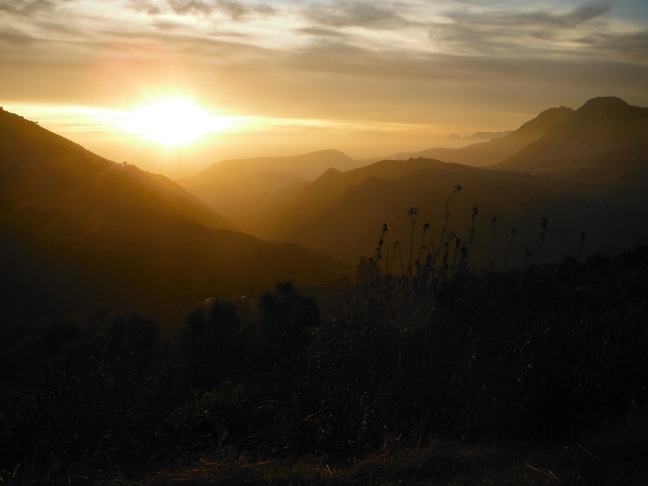
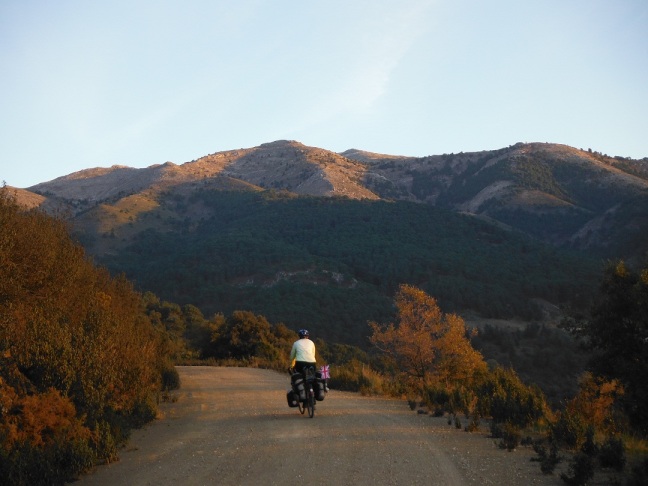
The small inland towns and villages we were passing through could not have been more different to the coastal resorts that were only a 30 minute car ride away. We always stopped in one mid-morning for a break/toilet/50 cent coffee and even at this hour bars were full of men drinking coffee and spirits simultaneously. At one particularly memorable bar stop, an old guy was wobbling around at the bar drinking tequila trying to insist that I tried some – being an athlete in my prime this was not what my body needed for a hilly days ride but he was not taking no for an answer. He ended up spilling most of it on the floor which was a sad waste but probably the best outcome all round.
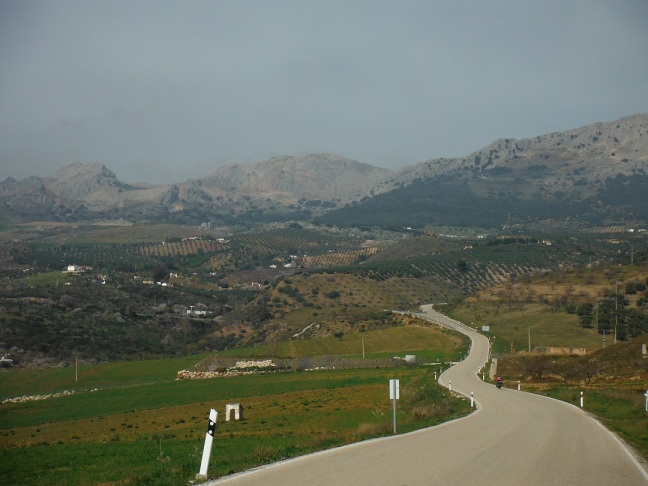

The sun continued to shine, and we camped at the dramatic El Chorro gorge but were so tired from riding up so many hills to get there (much more total climbing than the day we crossed the Alps) we had to take a day to rest. Lucky we did as mid-afternoon the next day the sky turned black and it rained and hailed for over an hour, so loud that all conversations inside stopped as it was impossible to hear. Our tent was at the bottom of a path that soon turned into a river, and our porch was the most direct way for the water to get to the other side. All we could do was watch from our undercover vantage point and cross our fingers that the tent would pass its first serious wet-weather test. Aside from the river running through the porch and trying to wash away everything we had left in there, all seemed ok. Waterproofing test, passed; decision-making regarding tent pitching position, requires improvement.


From El Chorro we climbed out of the gorge and over a few passes on our way to Sevilla. We called in to Ronda, balanced on the edge of a deep gorge, to admire the ridiculously impressive bridge and get my brakes fixed – the hills had taken their toll on the poor things.
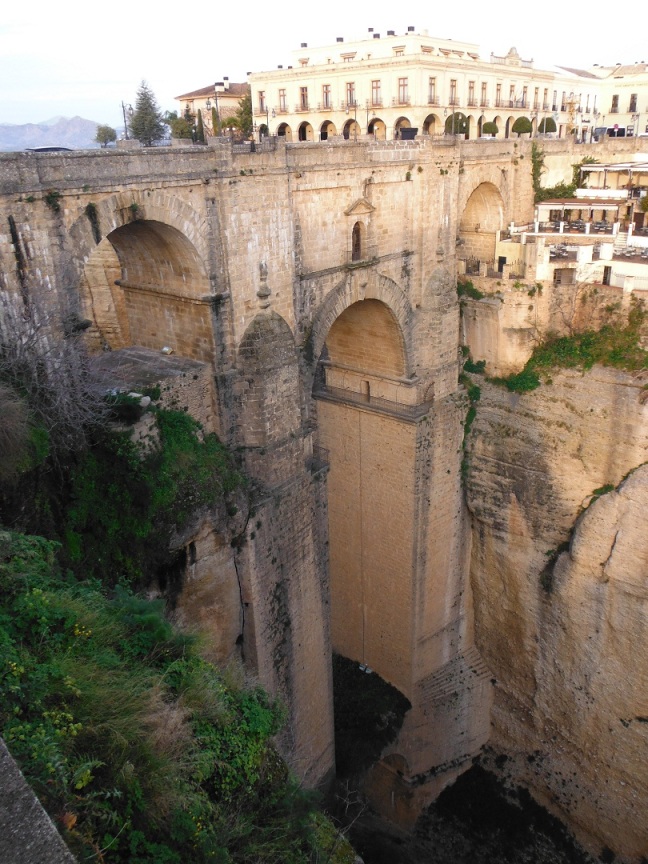
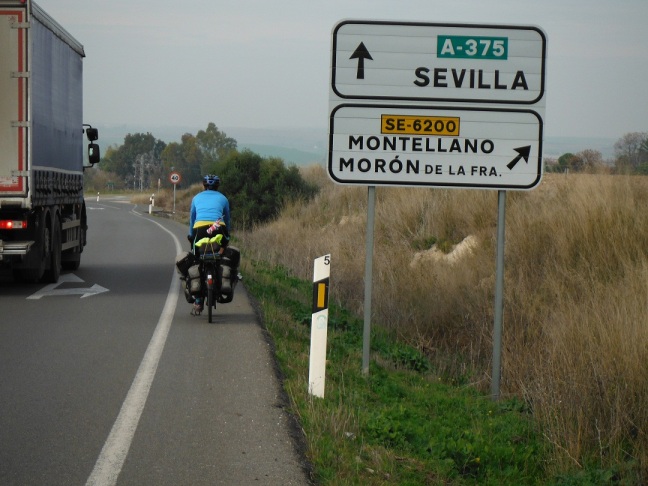
Sevilla is another Andalucian gem, and for the first time in a while we arrived at our destination with a few hours of daylight left to explore. Fancy buildings lined the wide streets, as well as many bars claiming to serve ‘world famous’ churros – strips of fried dough served with hot chocolate to dip them in. Of course we sampled this excellent cycling fuel. Strangely there was also a Christmas market – very odd (and unsurprisingly deserted) at the end of January.
Towards the Portuguese border the landscape became flatter and filled almost entirely with olive or orange tree plantations. Our last night in Spain was spent sleeping on the floor of an aircraft hangar where we were invited to help ourselves to oranges from the trees. Our host for the evening told us that the cost of having the oranges picked is higher than they can fetch, which explained why we had cycled past so many overflowing orange trees with their fruits covering the floor and being left to rot. Thinking about vitamin c deficiency in kids in developing countries, this waste made us sad.
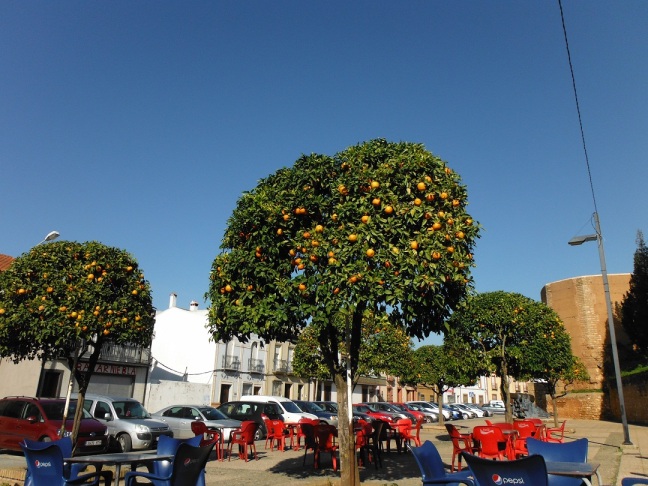
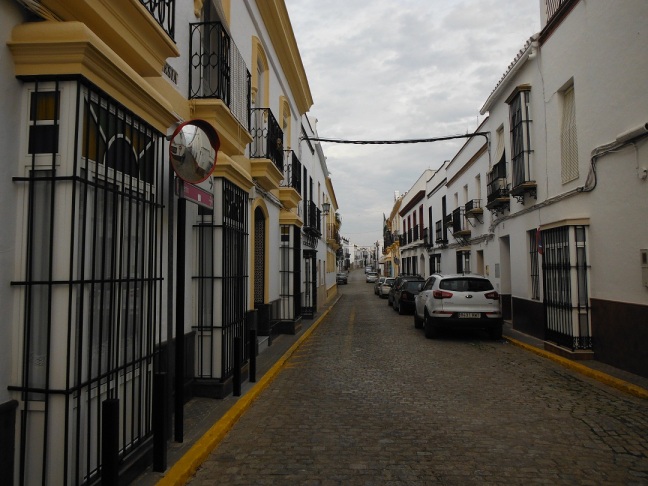
Crossing into Portugal by the coast requires a short boat ride across the river Guadiana that forms the border. The first Portuguese resort of Villa Real felt different to Spain – the buildings were more jumbled after the uniform white-washed Spanish towns of Andalucia, and it was the first time in a while we had seen more holidaymakers than locals. Unfortunately as soon as we left town another main difference between Portugal and Spain became clear – Portuguese drivers are terrible, and the cycling experience is made worse by poor quality narrow roads. The only thing we could possibly do was search out the nearest bakery for a pastel de nata, a Portuguese custard tart, essential cycling fuel. After half an hour on the N125, the most direct way to Lagos at the Eastern end of the Algarve, we put our survival over speed and simplicity and tried to pick our way through small roads closer to the sea. There is, in theory, a bike route stretching the whole length of the Algarve coast but after trying to follow this became frustrating we turned inland and didn’t join the coast road again until we were close to Lagos. Being inland meant that we didn’t have the opportunity to call in to beaches or resorts and the route was hillier but the roads were small, quiet and scenic. After a day and a half in Portugal we reached Lagos, excited about spending a few days in a tourist resort where we the high number of ex-pats meant that we could understand what was going on around us!
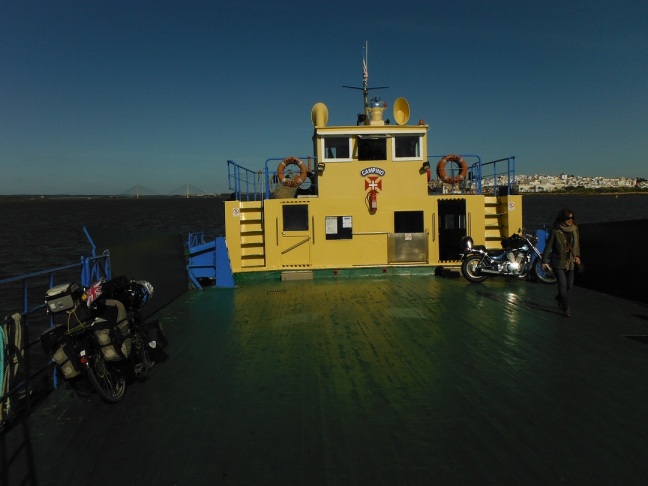
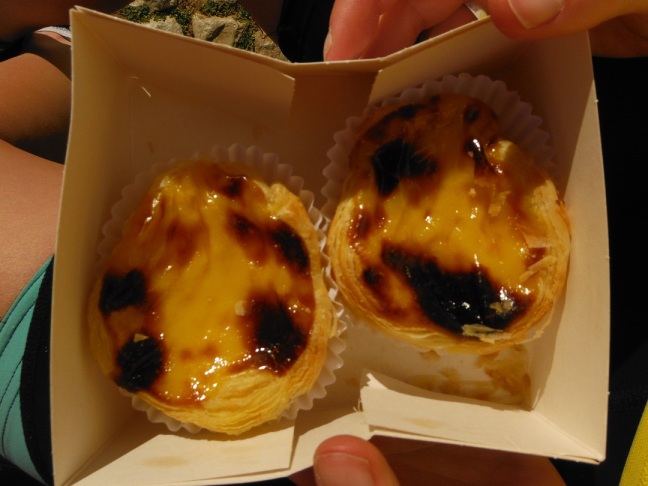
Thanks for this stretch to Maria and Zigor in Granada, Raul in Alcaucin, Moses in Utrera, Amelia in the aircraft hangar, Steve and Karen of http://www.my-bicycling-adventure.com and of course Jim and Tricia for allowing us to have a relaxing Algarve holiday.

















Have a great vacation in the Algarve!
LikeLike
We did thank you! Also really enjoyed the Alentejo coast as we cycled to Lisbon! Beautiful!
LikeLiked by 1 person